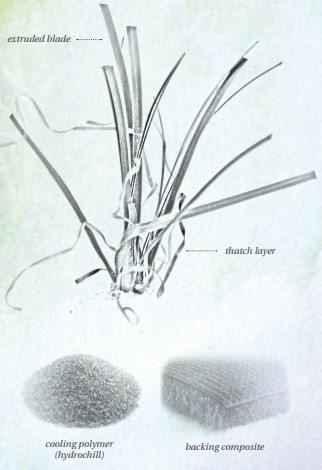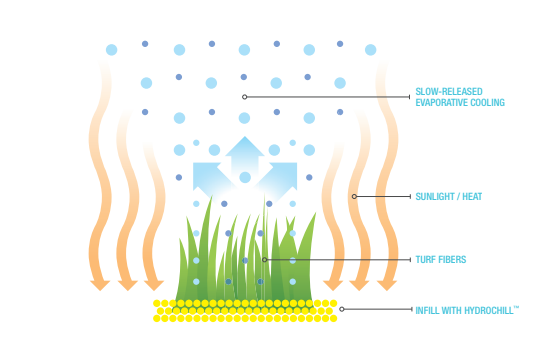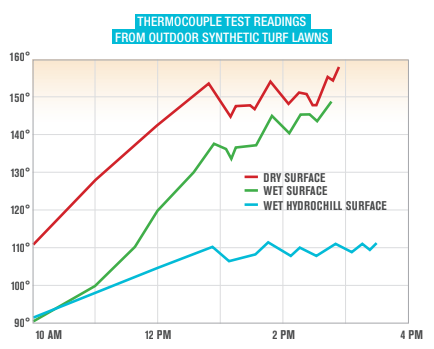It’s more than just artificial grass.
Turf Types
Have you ever experienced artificial turf?
Did you stop and think about what goes into the manufacturing of synthetic turf?
It’s fine if you haven’t. Most people probably haven’t.
But, if you’re interested to learn more, here’s a guide for you. Turf can be made out of a variety of fibers such as nylon, polyester, or varying combinations of both.
Learn about the pros and cons of each kind of fiber with our comparison guide.
NYLON
Pros
- While denier and yarn composition affect durability, in direct comparison, nylon is usually stronger.
Cons
- More prone to expansion and contraction.
- Exposure to direct sunlight causes fading.
POLYESTER
Pros
- Less susceptible to expansion and contraction.
- Polyester resists UV more efficiently than nylon.
Cons
- Not as durable than nylon per pound.
NYLON & POLYESTER
Pros
- Water-resistant properties.
- Resistant to tear.
- Resistant to saltwater corrosion and mildew.
Cons
- Nylon and polyester are both flammable. However, each reacts differently to fire; nylon melts before it burns, polyester melts and burns subsequently.
It’s Not Only About Fiber
There are lots of artificial grass manufacturers marketing their products out there. But, we have a little secret to let you in on. One of the most important elements of synthetic grass is not only what the fiber (grass blades) is composed of. The turf is a system that has to be installed correctly for optimal performance. Here are just a few components that will set apart a low-quality synthetic turf from a high-quality turf.
BACKING
The backing is composed of two layers and then a urethane coating is applied. These components are critical because they secure the fibers (grass blades) in place, allow water drainage, and prevent abrasion from the base material.
INFILL
Infill is a crucial element. Infill adds labor and time but it is the finishing touch that ensures your warranty is good and your solution performs well. Infill adds ballast, which ensures the turf is wrinkle-free and dimensionally solid. Infill adds extra protection to the yarn and backing, assists drainage, and ensures a proper footing.
YARN FIBER
The yarn fiber is comprised of resins made to solve the dual challenges of softness and durability. Fibers are available in a number of shades and combinations which allow the eye to see many greens. Thatch may be added for further realism.

Keeping Things Cool with Science
One product we particularly love is HydroChill™, our patented evaporative cooling technology.
Perspiring is a natural form of thermoregulation known as evaporative cooling. Moisture evaporating from the surface of the skin provides a cooling effect. Likewise, HydroChill™ has demonstrated the ability to cool synthetic turf surfaces by working on the same principle of evaporative cooling. As turf surfaces are heated by the sun, moisture present in the HydroChill™ turf is released. As the moisture evaporates, it yields a cooler, more comfortable playing surface.

An ordinary with a damp surface will generate some cooling, but temperatures can rapidly rise and can surpass comfortable levels of heat. In real-world applications, a HydroChill™ lawn has been shown to create a sizeable temperature differential. HydroChill™ has achieved 30° to 50° lower surface temperatures, based on actual lab and outdoor thermocouple testing, versus a regular synthetic turf system.

Less Work. More Play.
Southwest Greens is not just a product but also a solution. A solution that uses significantly less water each year, substantially reduces the impact on mother nature, and requires much less maintenance. All of which gives you the option of less work, more play.
